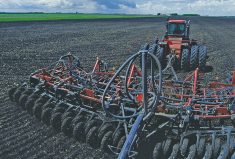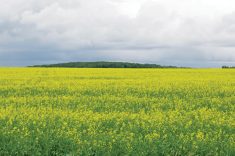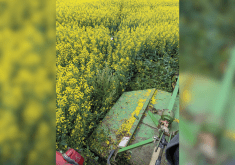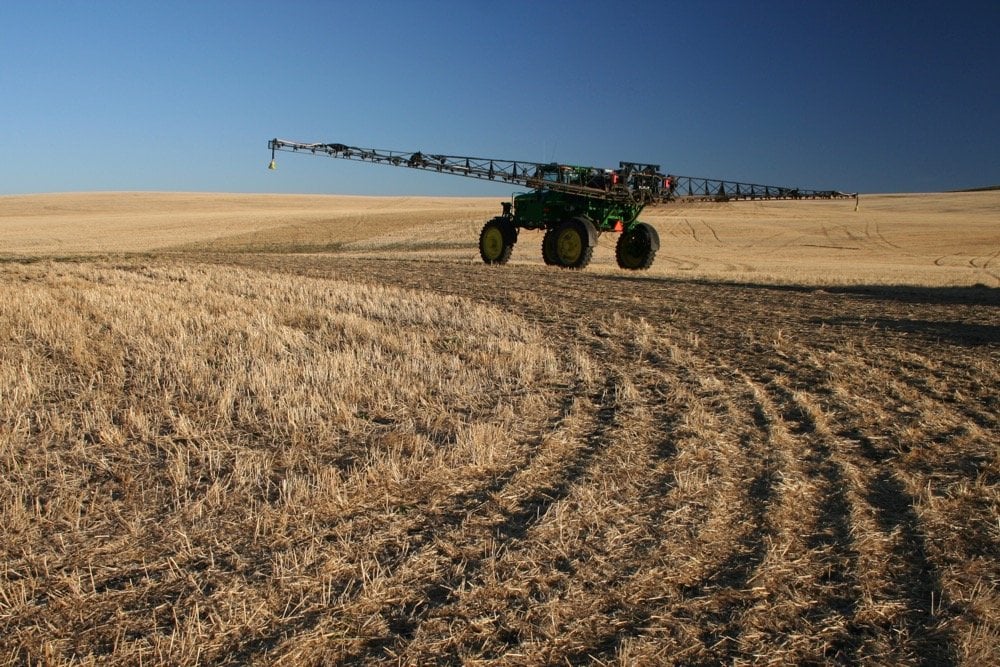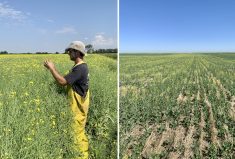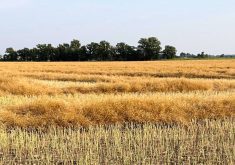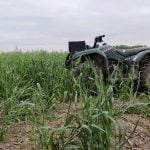Keith Gabert is already dreading phone calls about swath timing in canola.
“It’s going to be a hard job to figure out where your canola crop is going to be at for swathing, especially on some of those thin stands,” said the Canola Council of Canada agronomist at the Making the Grade workshop in late July.
“It’s going to make harvest timing tough.”
In normal years, producers should judge swath timing based on the main stem of the plant, said Gabert. But the hot, dry conditions of early summer stalled canola crop emergence across the province, leaving some fields with only two-thirds of its seeded crop.
Read Also
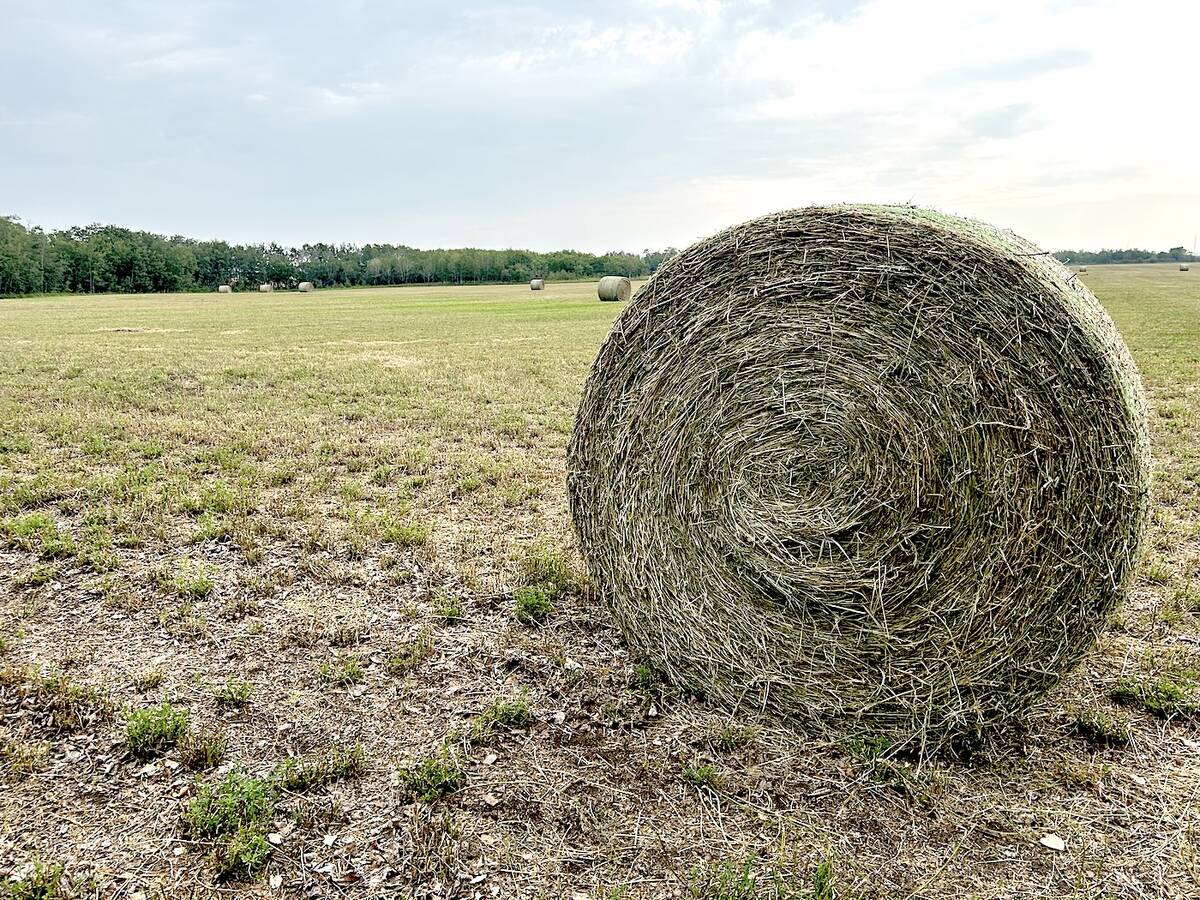
Alberta has adequate feed supplies going into winter
Hay yields across Alberta were varied, but one expert says feed supplies are in strong supply for Alberta producers for the upcoming winter.
And when a canola plant has a lot of room to grow, “it branches out,” increasing the yield potential on the secondary branches.
- More on the Alberta Farmer: Start small when straight cutting canola for the first time
“The main stem is typically the major contributor to yield, and that’s not likely to be the case in a lot of fields this year,” said Gabert. “This year, we’re likely going to look at a lot of these crops and say, ‘Where’s the majority of my yield coming from?’ And that’s the secondary branches.”
Cracking open the seed pods on the secondary branches — not just eyeballing the pods — will be “pretty critical” in deciding whether the crop is ready to be swathed this year, he said.
“The pod colour change on the outside of the pod can be really different between varieties and even between years on the same variety,” he said.
“Simply because the outside of the pod is a nice yellow-brown colour doesn’t mean that, when you crack it open, you’re going to have nice black seeds inside.”
But the whole seed doesn’t have to be yellow or black, added Gabert.
“I don’t need a whole lot of black there, but I need to know that the seed is starting to ripen down and change colour,” he said. “I’m talking about a quarter of the seed or half the seed or even a pinhead-size dot on that seed so that I know it’s mature and it’s ready to change colour.”
Timing dilemma
The best time to swath is typically when 60 per cent of the seeds have changed colour, said Gabert. That’s when you’ve got maximum yield and also when the oil content is highest.
But waiting for the entire field to hit 60 per cent colour change might not leave enough time to swath large acreages. In that case, it’s better to start swathing when the seed colour change hits 30 per cent.
“If you have a lot of acres or you need a lot of swather hours to get that knocked down, typically you’ll start at 30 per cent, and by the time you’re done, likely they’re over 60 per cent,” he said.
And this year, that might mean that the main stem is overripe when it’s swathed.
“If it’s really ripe and you can actually hear those seeds rattling in there and getting ready to shell out, you might decide that’s the right stage to leave it for,” he said.
“The main stem can be overripe, but all of these secondary branches that are in the right stage can get you to No. 1 canola.”
Sacrificing some of the crop to salvage the bulk of it will be a hard reality for many producers this year, said Gabert.
“There’s going to be some fields where we can’t get all of the canola that’s in that field and call it a salvageable crop,” he said.
“It’s going to be a challenge out there. You’re probably going to look at some of those crops out there and decide which part of the crop you’re willing to lose.”



